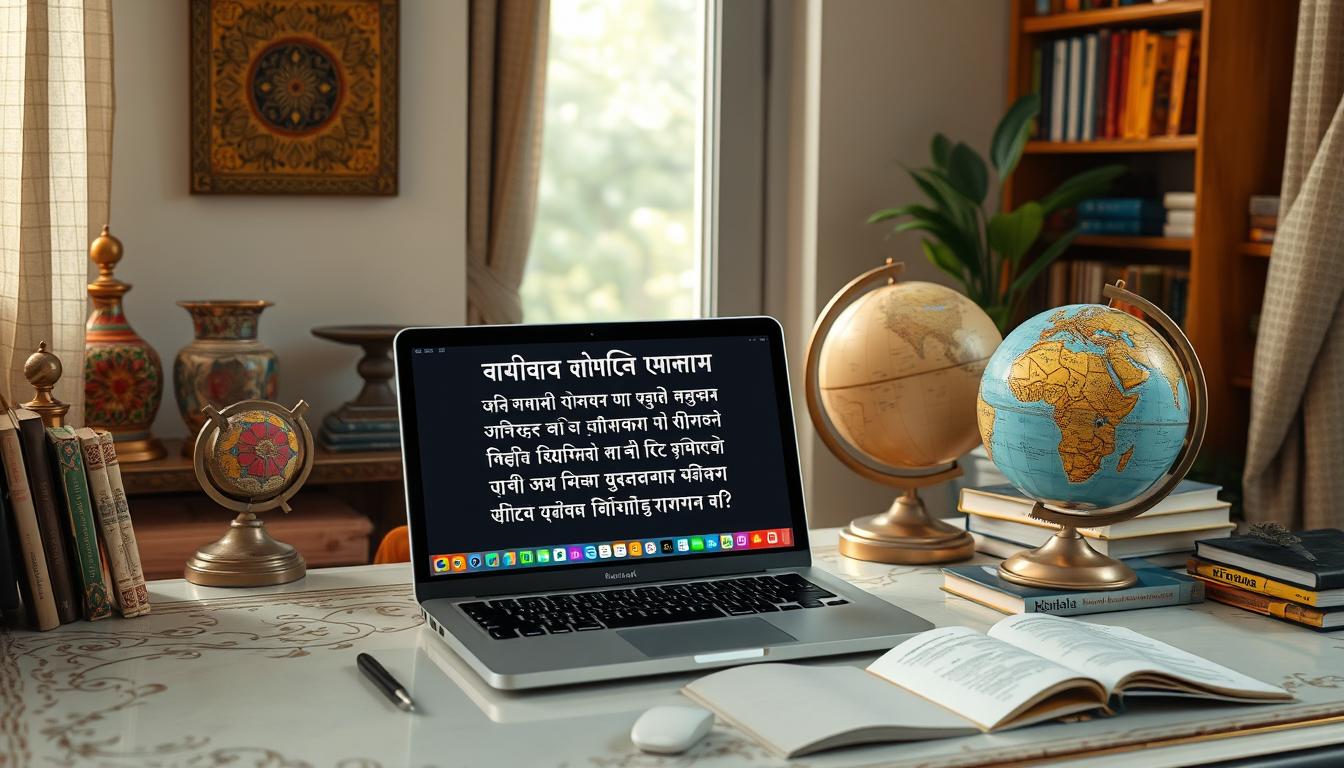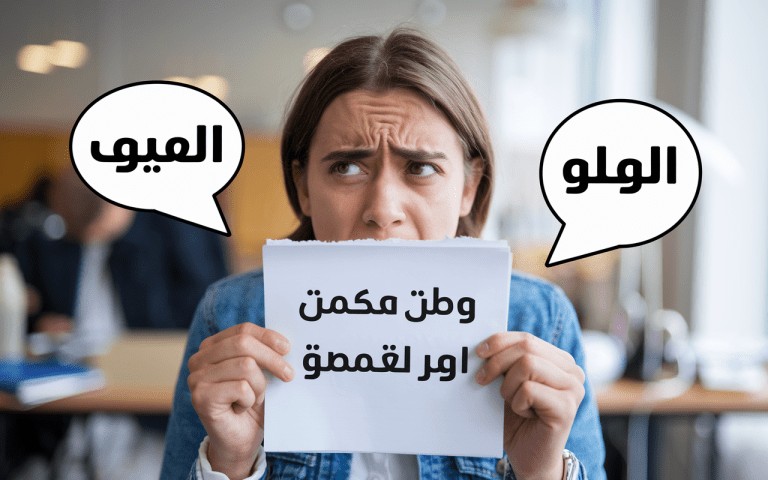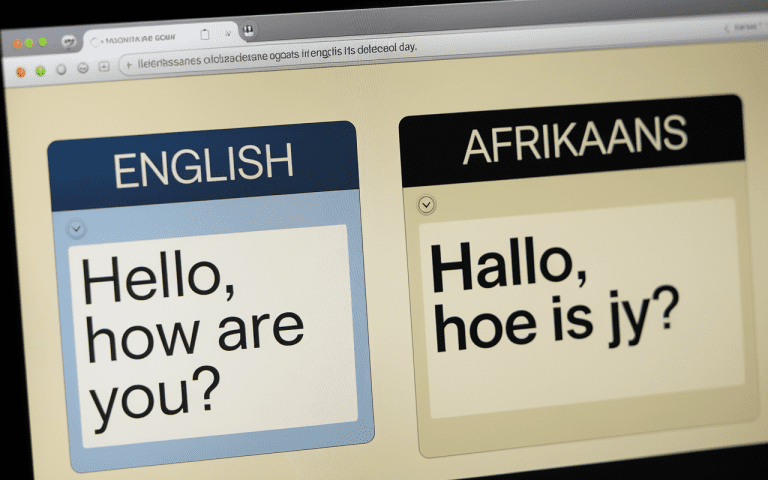Icelandic Language to English Translation Guide
Sure, Icelandic’s got some twists and turns – words that dance to their own beat and letters you won’t find anywhere else. But hey, once you know the tricks, this Viking tongue starts making sense. Let’s crack open these icelandic language to english secrets together.
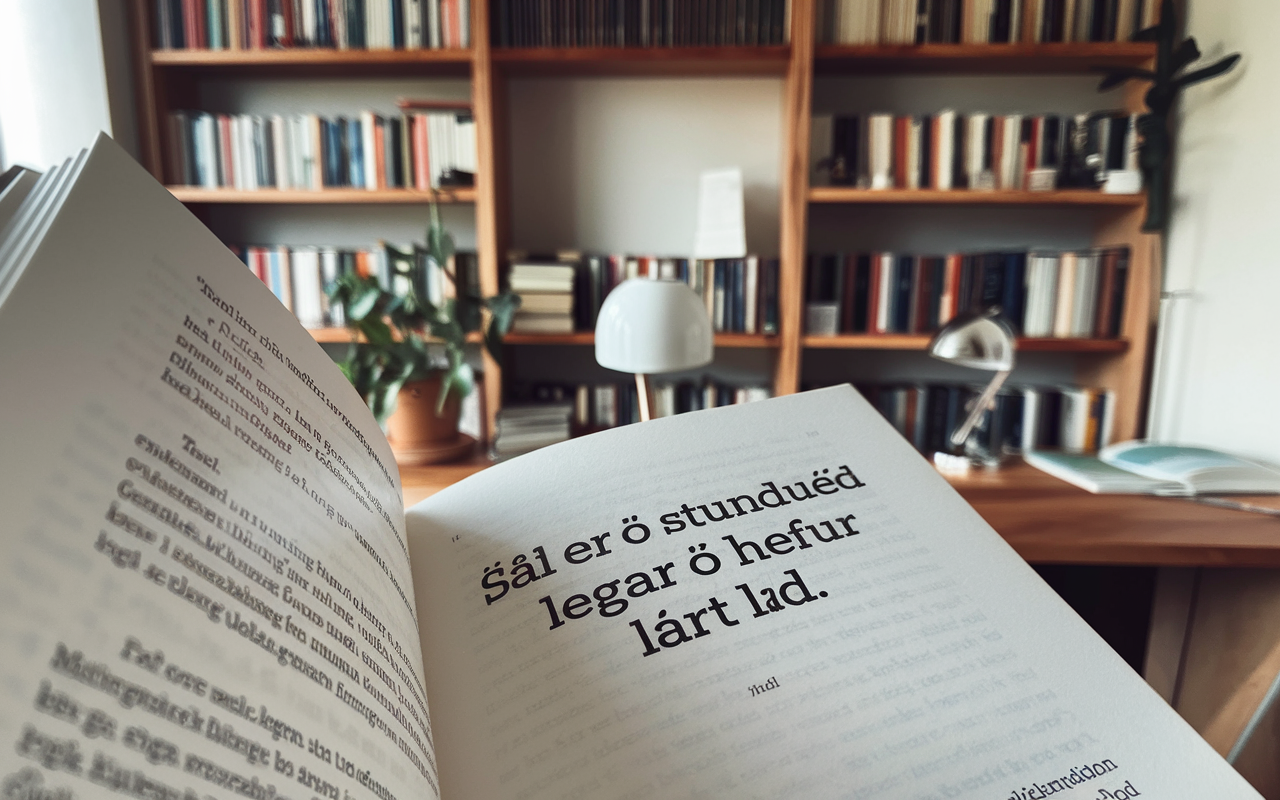
Key Takeaways
- The Icelandic alphabet has 32 letters, with 14 vowels and 18 consonants. It includes special characters like Æ and Ö.
- Icelandic sounds different from English. You’ll hear sounds like Þ (th) and a special click for double L.
- Icelandic has kept its language pure, similar to ancient Viking languages, despite being isolated.
- The Icelandic government is working on language technology. They want to make the language more digital.
Understanding the Foundations of Icelandic Language
Picture Icelandic as an old Viking ship – sturdy Germanic bones but decorated with its own flair. That special crew of 32 letters includes some characters straight out of the sagas: Ð and Þ leading the charge, with Æ and Ö bringing up the rear. Stress always falls on the first syllable. There are no silent letters in Icelandic.
Origins and Historical Development
Icelandic has stayed very pure over the years.Like a seed growing on a lonely island, Icelandic stayed pure because nobody else was around to mess with it. Back in the 1800s, this smart Danish guy named Rasmus Rask gave the language its own special set of letters.
He made the language more standardized. He also made sure to use the letter K instead of C. Icelandic language learning is very important. The Icelandic Naming Committee was set up in 1991 to keep the language alive.
The Unique Icelandic Alphabet System
- Icelandic doesn’t have the letters C, Q, W, or Z. The sounds of letters like Þ, Ð, and J are different from English.
- The double L in Icelandic makes a unique click sound. The R is rolled when spoken.
- Vowel combinations like AU, EI, and EY have their own sounds. Letters Æ and Ö are pronounced differently than in English.
Modern Language Preservation Efforts
Despite the challenges, Icelanders work hard to keep their language pure.Every single person on this island reads and writes their tongue – pretty amazing, right? These words aren’t just letters on paper, they’re the heartbeat of Iceland, passed down like family recipes.
Efforts like creating new words for modern ideas help. The Icelandic Naming Committee watches over language use. These efforts are key to icelandic language resources and keeping the language alive for the future.
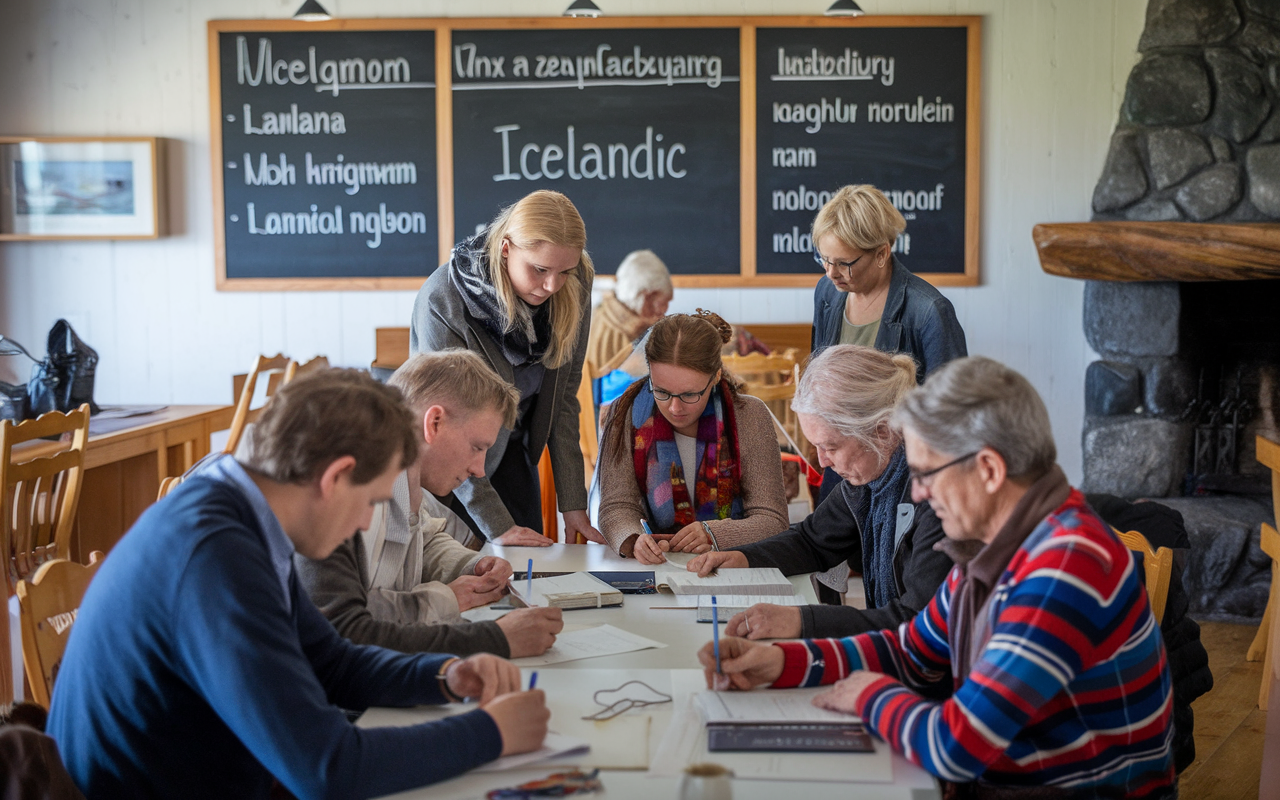
Essential Tips for Icelandic Language to English Translation
Jumping between Icelandic and English feels like dancing with the northern lights – wild, beautiful, and full of surprises. Each word’s got tales tucked inside, some as old as the volcanoes sleeping under Iceland’s snow.
One major challenge in translating Icelandic to English is its complex word structures. Many Icelandic words are made by combining several terms. This creates vivid and descriptive expressions. For example, “Eyjafjallajökull” is made of “eyja” (island), “fjall” (mountain), and “jökull” (glacier), giving a clear picture of this famous landmark.
Those Icelandic place names? They’re like little stories carved in stone – telling tales of hot springs, ice caves, and ancient valleys. Each name drops hints about what you’ll find there, like nature’s own treasure map.
And hey, notice how some words feel familiar? That’s because English and Icelandic are like distant cousins who grew up on different islands but still share some family looks. Words like “geyser” and “saga” are found in both languages. This makes translation easier for those familiar with these shared elements.
When talking to Icelanders, be honest and eager to learn. Many Icelanders are happy to share their language insights. They might offer tips to improve your Icelandic speaking and understanding. Remember, politeness in Icelandic is often shown through tone and cadence, not just through phrases like “please.”
By embracing Icelandic’s unique features and being open and respectful, you can discover a world of language and culture. This will make your Icelandic-to-English translation journey more rewarding.
Whether you’re studying icelandic language courses or traveling independently in Iceland, these tips are invaluable. They will help you master the art of icelandic english translator.
Biread offers a user-friendly Icelandic language to English translator that provides fast and accurate results, making it easier to bridge the gap between these languages. Biread offers a unique, side-by-side translation experience that’s perfect for immersive, multilingual engagement across the web.
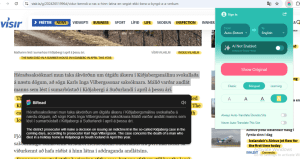
Mastering Common Icelandic Phrases and Expressions
Exploring the iceland travel language guide means learning key Icelandic phrases. You’ll need to know basic greetings and cultural expressions. This knowledge will make your icelandic language learning journey better.
Essential Travel Phrases
Begin your Icelandic adventure with these important phrases:
- “Hæ” (Hi)
- “Takk” (Thank you)
- “Já” (Yes)
- “Nei” (No)
- “Góðan dag” (Good day)
- “Bless” (Goodbye)
- “Afsakið” (Excuse me)
- “Þú ert velkomin” (You’re welcome)
- “Ég skil ekki” (I don’t understand)
- “Hvar er…” (Where is…)
Cultural Context in Translation
Icelandic language is deeply connected to the country’s culture. Knowing the meaning behind phrases helps you communicate better. For instance, “Þetta reddast” means “It will be okay,” showing Icelandic resilience.
“Ég kem alveg af fjöllum” means “I come completely from the mountains.” It shows unfamiliarity or confusion.
Idiomatic Expressions and Their Meanings
Learning Icelandic idioms is a challenge. Phrases like “Skál” (Cheers), “Fagurt” (Beautiful), and “Þetta er ljúffengt” (This is delicious) make the language rich. Knowing these phrases will impress locals and help you grasp the language’s subtleties.
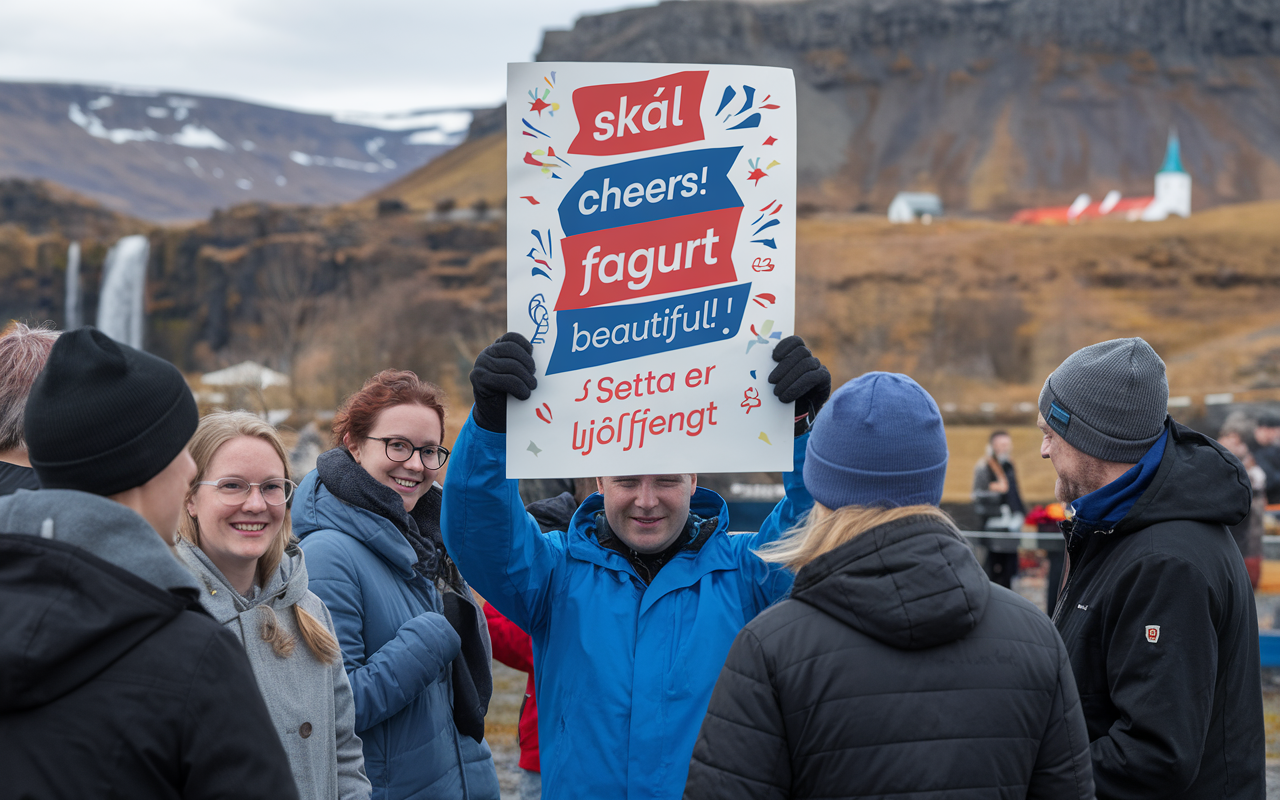
By diving into Icelandic phrases and expressions, you’ll connect deeply with the culture and people. This will make your trip unforgettable.
Navigating Complex Word Combinations and Place Names
The Icelandic language is known for its complex word structures and place names. These can be tough for icelandic language to english translations. The words often mix different parts, showing Iceland’s deep culture.
“Kirkjubæjarklaustur” is a great example. It’s made of “kirkja” (church), “bær” (town), and “klaustur” (convent). It tells us about the area’s history and importance. “Jökulsárgljúfur” means “Glacier’s River Canyon.” It shows how the language captures Iceland’s stunning nature.
Despite changes, the Icelandic language stays mostly the same. This makes it easy for Icelanders to understand old texts. It also helps with online translation tools and dictionaries. They offer key clues for figuring out these complex words and names.
| Icelandic Word | English Translation |
|---|---|
| Kirkjubæjarklaustur | Church Town Convent |
| Jökulsárgljúfur | Glacier’s River Canyon |
| Vatnajökull | Water Glacier |
| Fjallabak | Behind the Mountains |
Learning the parts of these complex words and names makes icelandic language to english translation easier. It lets users discover the cultural and geographical stories hidden in Icelandic words.
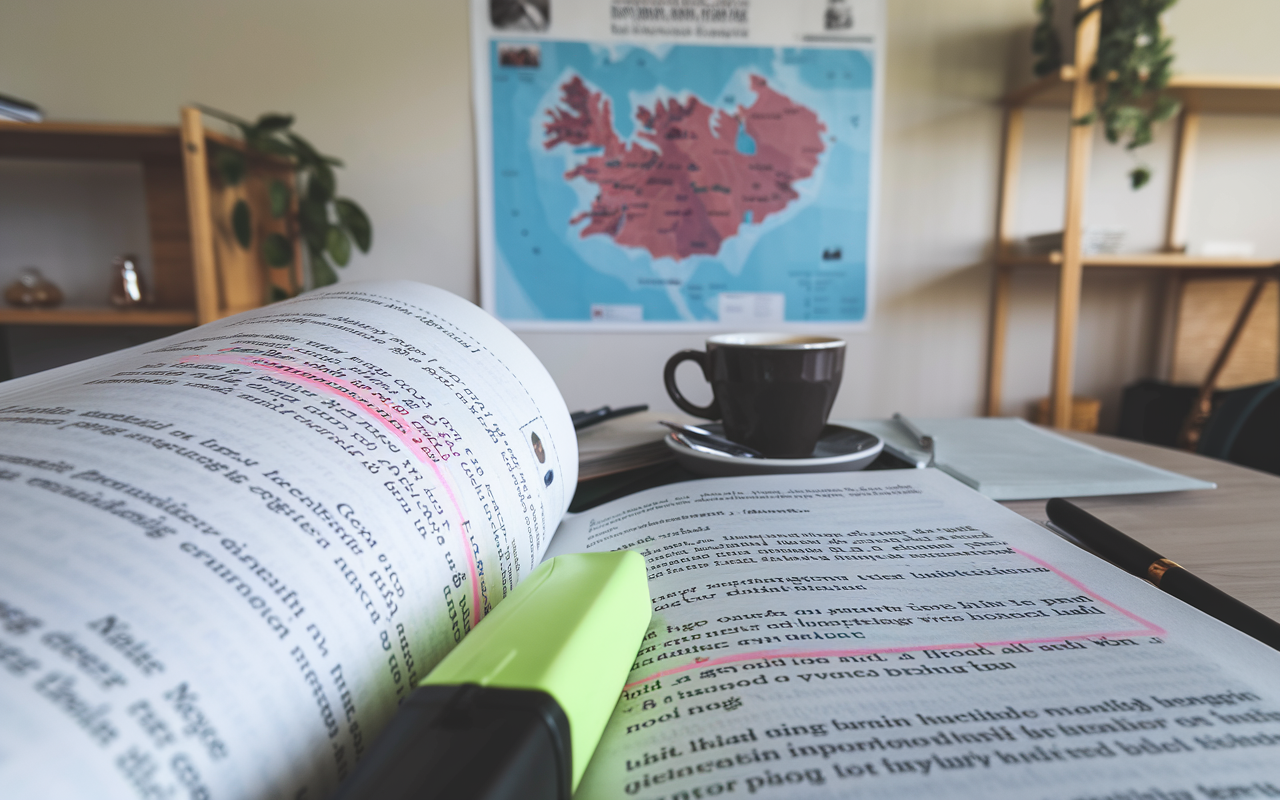
Conclusion
Learning Icelandic can be tough but very rewarding. It takes about 44 weeks or 1,100 hours to get good at it, says the Foreign Service Institute (FSI). Pack a bit of patience and the right tools, and soon you’ll be catching bits of Viking chat. Whether you’re thumbing through old books or swapping words with locals, there’s no wrong way to crack this language egg.
You can use private tutors, apps, online classes, books, or watch Icelandic movies. Each method helps you get closer to speaking Icelandic fluently. It’s a beautiful language with a long history, and learning it lets you connect with Iceland’s culture. With Biread’s Icelandic language tools, learners gain access to reliable Icelandic language resources that support gradual language improvement.
FAQ
How tough is it really?
Like climbing your first mountain – steep but doable. 350,000 locals chat in it every day.
But that’s ok, think of BiRead as your friendly guide on this trek.
How About Its Origins?
Born around 200 AD, modern folks can still read 1,200-year-old stories. (Pretty wild, right?)
How About the Alphabets?
32 letters in this family, including some characters you won’t meet elsewhere: Ð, Þ, Æ, Ö.
However, the good news is what you see is what you say!
Translation challenges?
Words love to play Lego here. And place names? They’re little postcards from nature.
Must-know phrases:
- “Hæ” – drop this for hello
- “Takk” – your thank-you friend
- “Já” – when you agree
- “Nei” – when you don’t
- “Góðan dag” – spread some sunshine
Source Links
- Icelandic Alphabet and Language Basics | Guide to Iceland – https://guidetoiceland.is/history-culture/the-difficult-icelandic-language
- Icelandic Translator with Voice A Quick Guide – https://www.jogg.ai/blog/icelandic-translator-with-voice-a-quick-guide/
- A Guide to the Icelandic Language | Lotus Car Rental – https://www.lotuscarrental.is/blog/complete-guide-to-the-icelandic-language
- The Icelandic Language: Common Phrases & Vocabulary When Traveling In Iceland – https://friend.is/the-icelandic-language/
- Icelandic Phrases You Should Know | Íslandshótel – https://www.islandshotel.is/explore-iceland/blog/icelandic-phrases/
Master Icelandic translations with ease.
Explore Icelandic culture with Biread's seamless bilingual tools.
Try Biread Free

